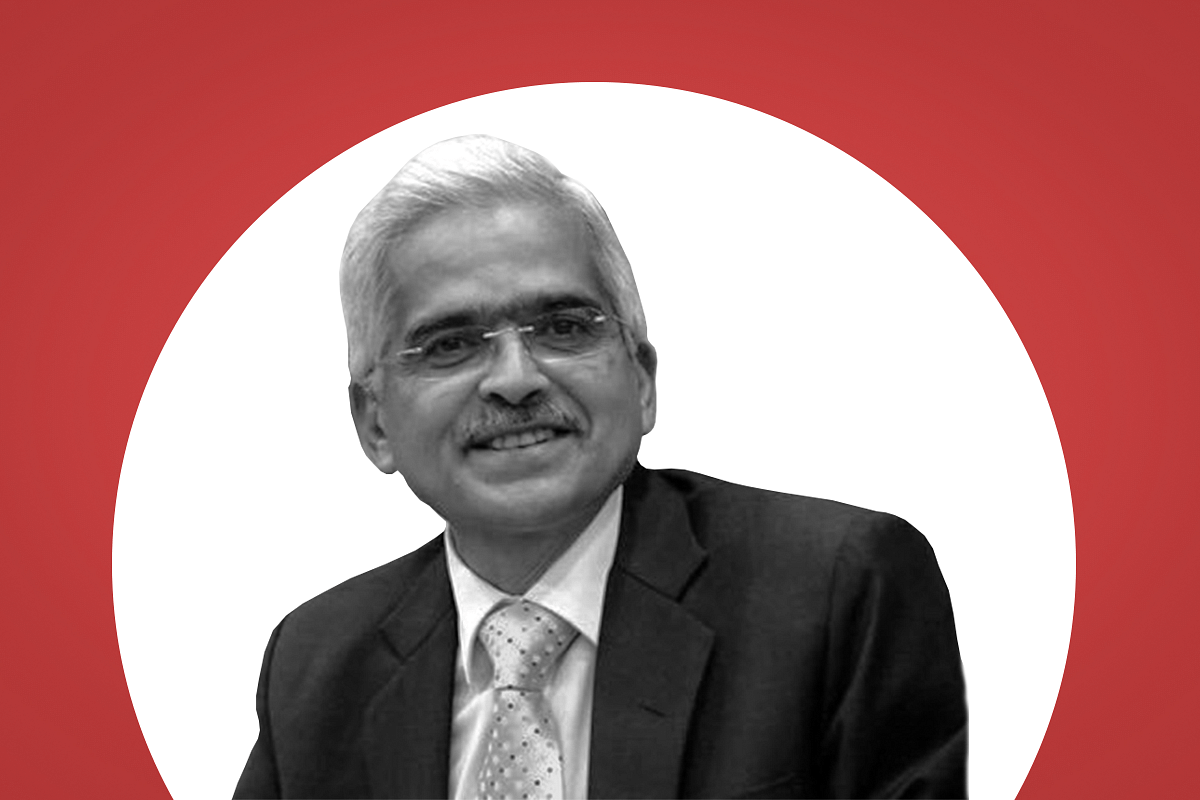Economy
Why It Is Crucial To Prioritise Economic Recovery Over Keeping Inflation Under Check
- The RBI and the MPC must continue with their stance rather than repeating the mistakes that were committed in the recent past.

RBI Governor Shaktikanta Das.
There has been a growing discussion regarding the conduct of monetary policy with several contrarian voices emerging as an outcome of the systemic liquidity which has been injected into the system.
The argument primarily is based on the criticism of the monetary authorities for temporarily suspending the objective of inflation targeting and focusing on reviving economic growth.
The argument is that Reserve Bank of India (RBI) has pushed the rates low at the expense of savers even as credit off-take has been muted. Thus, the policy has failed and that it has come at the expense of savers. Further, they argue that the low rates are lowering the interest income of savers and thus damaging the prospects of a swift revival of demand.
It is important to analyse their criticism and arguments, more so since I have been a regular critic of the RBI and just as I begin to appreciate the moves undertaken by the central bank, others seem to be criticising the same.
The fundamental difference, between my views and theirs originates from the recognition that monetary policy no longer functions as it used to till a decade earlier.
Rules of the games have been rewritten and it is worthwhile that we begin with this formal recognition before we attempt to analyse the decisions of the Monetary Policy Committee (MPC) over the last few months.
So here are some facts, between 2012 and 2014, the real repo rate averaged — 1.84 per cent, that is, it was negative and savers were making less return on their deposits than the cost of inflation.
The question is what made the real return swing from negative to positive? The decline in inflation between the period as inflation averaged 9.5 per cent between 2012 and 2014 while it averaged 4.95 per cent since then till 2020. This includes the recent acceleration in inflation.
The fundamental point here is that negative returns for a few quarters cannot be viewed in isolation. Thus, to say that savers have lost out is not true as we have to look at the real returns — that is, returns over and above the inflation rate because that is what matters for savers.
Now we move to the issue of why the MPC has kept the rates low even as there is little demand for credit. The answer is simple as one has to look at the pandemic as a problem of cash-flow mismanagement.
That is, companies saw a major disruption due to the coronavirus lockdown as they had no cash-inflow even as the fixed expenses continued.
Consequently, their balance-sheets deteriorated. The low interest costs thus allow for a lower cost of capital for companies that have flexible rates thereby allowing firms to restore their balance-sheets.
This is critical as there are far too many unknown unknowns in the economy which creates a problem of uncertainty. Lower cost of capital thus helps in many ways even if the traditional credit channel is disrupted.
It is natural to wonder why is the credit channel disrupted and the answer is excess capacity with the private sector which prevents fresh investments. The resultant lower levels of demands due to the ongoing crisis and nominal wage cuts further add to the problem of structurally lower demand levels.
The question that thus arises is with regards to possible solution to the problem of lower demand and the answer is higher public spending.
In the absence of private sector’s ability to spend, government will have to step in and spend to create demand — as it has by spending over the present financial year.
However, the higher spending will have to continue into next year to ensure full economic recovery.
Thus, lower rates represent lower cost of borrowing for the government enabling it to provide for a sizeable fiscal response and front-load a lot of its expenditure on developing infrastructure.
To give some context, even though the GSec yields are under 6 per cent, the weighted average cost of outstanding government borrowings is at close to 7.5-8 per cent. Bringing down the cost of government borrowings will significantly create further fiscal space which is essential given the extent of economic disruption that we have witnessed.
Monetary policy traditionally has had multiple objectives in India, including that of achieving financial stability and ensuring sustainable high growth. The view has been that price stability function would de-facto ensure stable growth and financial stability.
However, price stability during the present pandemic would imply disregarding the supply-side factors that have pushed up inflation and that could further create pressure on the economy just as the Volcker rate hikes did in the US.
It is thus important to recognise that price stability objective can and has been at odds with the policy objective of maintaining a stable growth rate and of ensuring financial stability.
Commentators criticising the present RBI Governor are perhaps overlooking the experience of the world — and of India over the last few years. One hopes that the RBI and the MPC will continue with their stance rather than repeat the mistakes that were committed in the recent past.
Introducing ElectionsHQ + 50 Ground Reports Project
The 2024 elections might seem easy to guess, but there are some important questions that shouldn't be missed.
Do freebies still sway voters? Do people prioritise infrastructure when voting? How will Punjab vote?
The answers to these questions provide great insights into where we, as a country, are headed in the years to come.
Swarajya is starting a project with an aim to do 50 solid ground stories and a smart commentary service on WhatsApp, a one-of-a-kind. We'd love your support during this election season.
Click below to contribute.
Latest